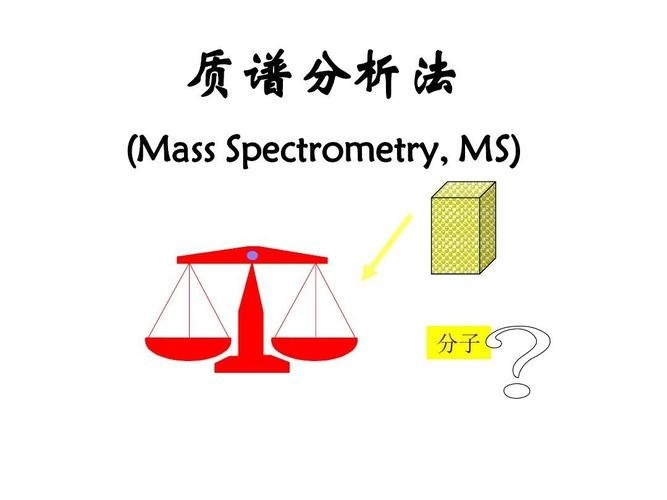Determination of Smoke Blackness of Stationary Source Exhaust Gases by Ringelmann Telescope Method" (HJ 1287-2023), "Determination of Acrylic Acid in Water Quality by Ion Chromatography" (HJ 1288-2023), "Determination of 15 Ketones and 6 Ethers in Soil and Sediment by Headspace/Gas Chromatography-Mass Spectrometry" (HJ 1289-2023), "Determination of Toxaphene in Soil and Sediment by Gas (HJ 1290-2023) and "Surface Water Environmental Quality Monitoring Point Coding Rules" (HJ 1291-2023) and other seven national ecological standards.
"Determination of 65 volatile organic compounds in ambient air Tank sampling / gas chromatography-mass spectrometry" (HJ 759-2023) is the first revision, applicable to the determination of 65 volatile organic compounds in ambient air and air at the monitoring point of unorganized emissions. Compared with the original standard, this standard adds to the scope of application of the air at the monitoring point of unorganized emissions, improves the technical requirements of sampling and pre-treatment, quantitative methods of performance index requirements to support the collaborative control of fine particles and ozone and the "Montreal Protocol on Substances that Deplete the Ozone Layer" compliance monitoring.
The Technical Specification for Continuous Monitoring of Non-methane Total Hydrocarbon in Exhaust Gas from Stationary Sources (HJ 1286-2023) is published for the first time, which stipulates the composition and functions of continuous monitoring systems, technical acceptance, operation and maintenance, quality assurance and quality control, as well as data audit and processing requirements, and is conducive to promoting the standardization and standardized application of continuous monitoring technology for non-methane total hydrocarbon in stationary source management and supporting the implementation of the Petroleum Refining Emission Standards for Industrial Pollutants" (GB 31570-2015) and other standards implementation.
The "Determination of smoke blackness of stationary source exhaust gas Linguemann telescope method" (HJ 1287-2023) was first published for the determination of smoke blackness at the emission port of stationary sources, solving the problem of inconvenience of carrying Linguemann blackness map plate, restricted placement, fragile fading, etc., further improving the accuracy and comparability of smoke blackness measurement results, supporting the "Boiler Air Pollutant Emission Standards" (GB 13271-2014) and other standards implementation.
Water Quality Determination of Acrylic Acid Ion Chromatography (HJ 1288-2023) is the first release, applicable to the determination of acrylic acid in surface water, groundwater, domestic sewage and industrial wastewater, filling the standard gap of acrylic acid analysis method in water. This standard has the advantages of simple pre-treatment method, high sensitivity and good repeatability, and supports the implementation of standards such as "Emission Standards for Pollutants in Petrochemical Industry" (GB 31571-2015) and "Emission Standards for Pollutants in Synthetic Resin Industry" (GB 31572-2015).
The Determination of 15 Ketones and 6 Ethers in Soil and Sediment Headspace/Gas Chromatography-Mass Spectrometry (HJ 1289-2023) was first published for the determination of relevant ketones and ethers in soil and sediment, which fills the gaps in the analytical method standards for ethers in soil and sediment, expands the range of ketone analysis objects, is simple to operate, easy to promote, and supports It is simple to use and easy to promote, and supports the work of soil risk assessment and control.
The Determination of Toxaphene in Soil and Sediment by Gas Chromatography-Triple Quadrupole Mass Spectrometry (HJ 1290-2023) is published for the first time and is applicable to the determination of three indicative toxaphene analogues in soil and sediment, filling the gaps in the analytical method standards for toxaphene in soil and sediment. This standard has the advantages of good accuracy and high sensitivity, and supports the implementation of the "New Pollutant Management Action Plan".
Surface water quality monitoring point coding rules" (HJ 1291-2023) for the first time, applicable to the surface water quality monitoring point coding work of routine. This standard specifies the coding method of monitoring point control level, watershed system, administrative division, water body type and order and other elements, standardizes the monitoring point coding work, plays an important role in point information maintenance, data networking and application, and information disclosure.
The release and implementation of the above seven standards, enriching the supply of monitoring standards, to further improve the national ecological and environmental monitoring standards system, standardize ecological and environmental monitoring behavior, improve the quality of environmental monitoring data, service ecological and environmental supervision and law enforcement, and support the work of international conventions of great significance.
Source丨Eco-environmental Monitoring Department, Ministry of Ecology and Environment

